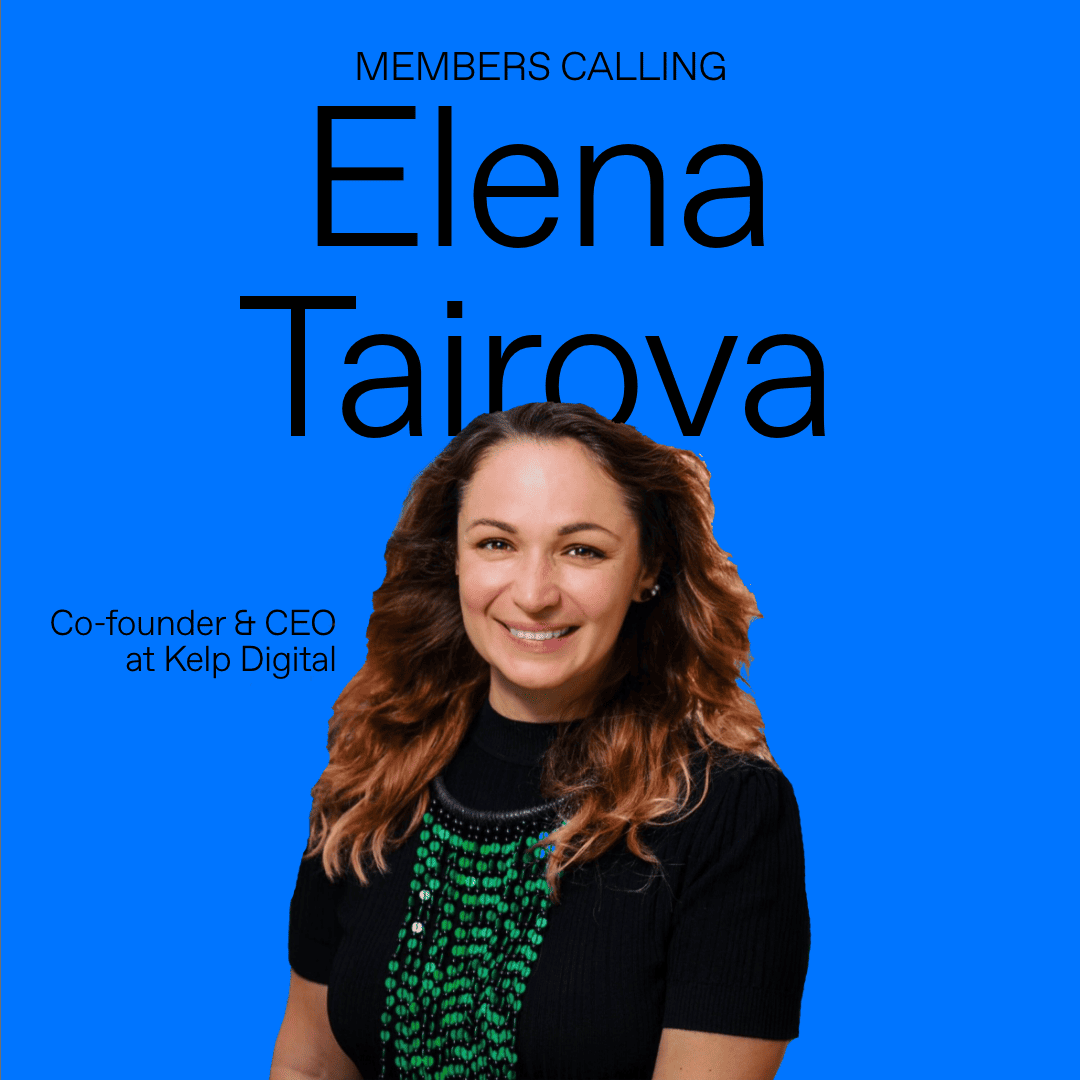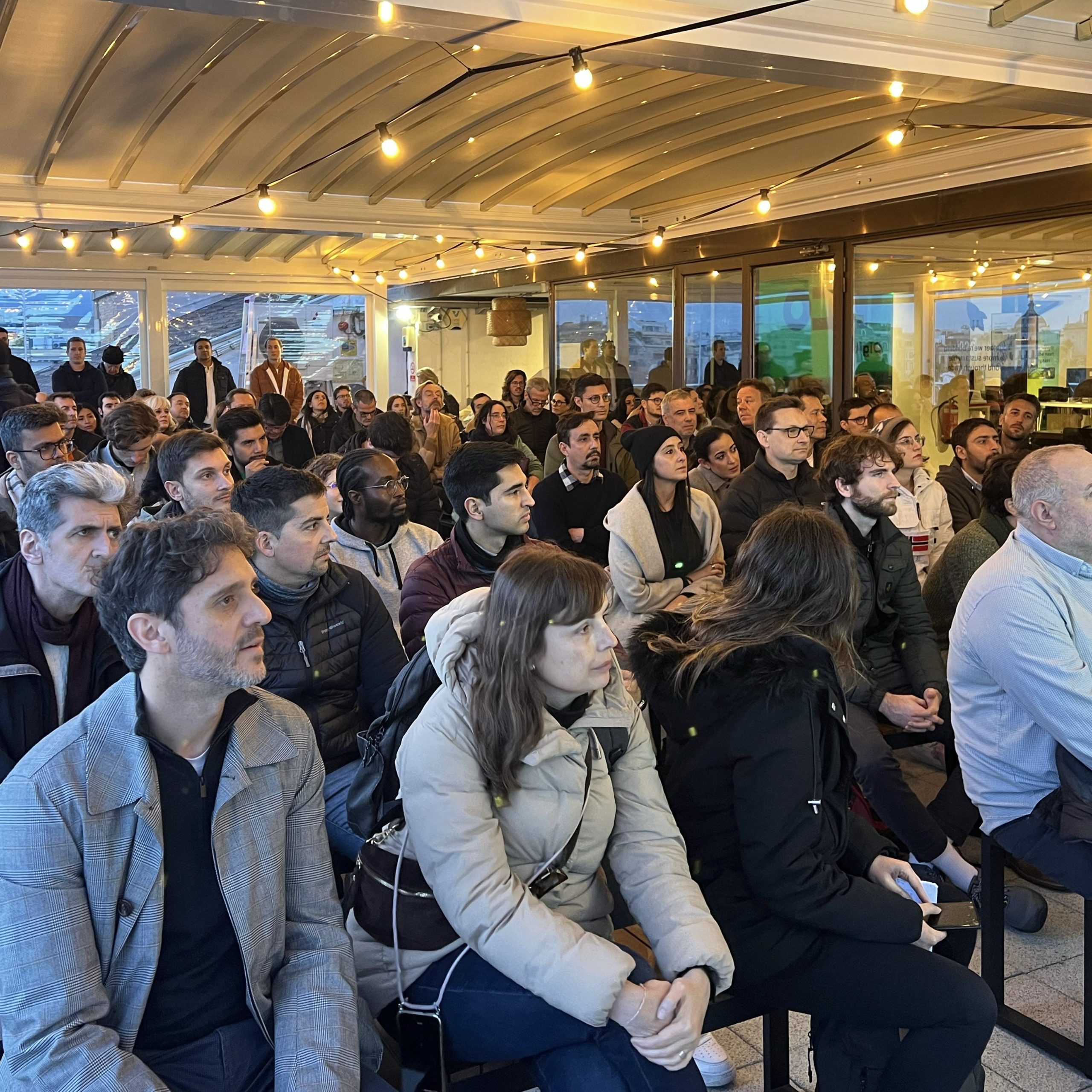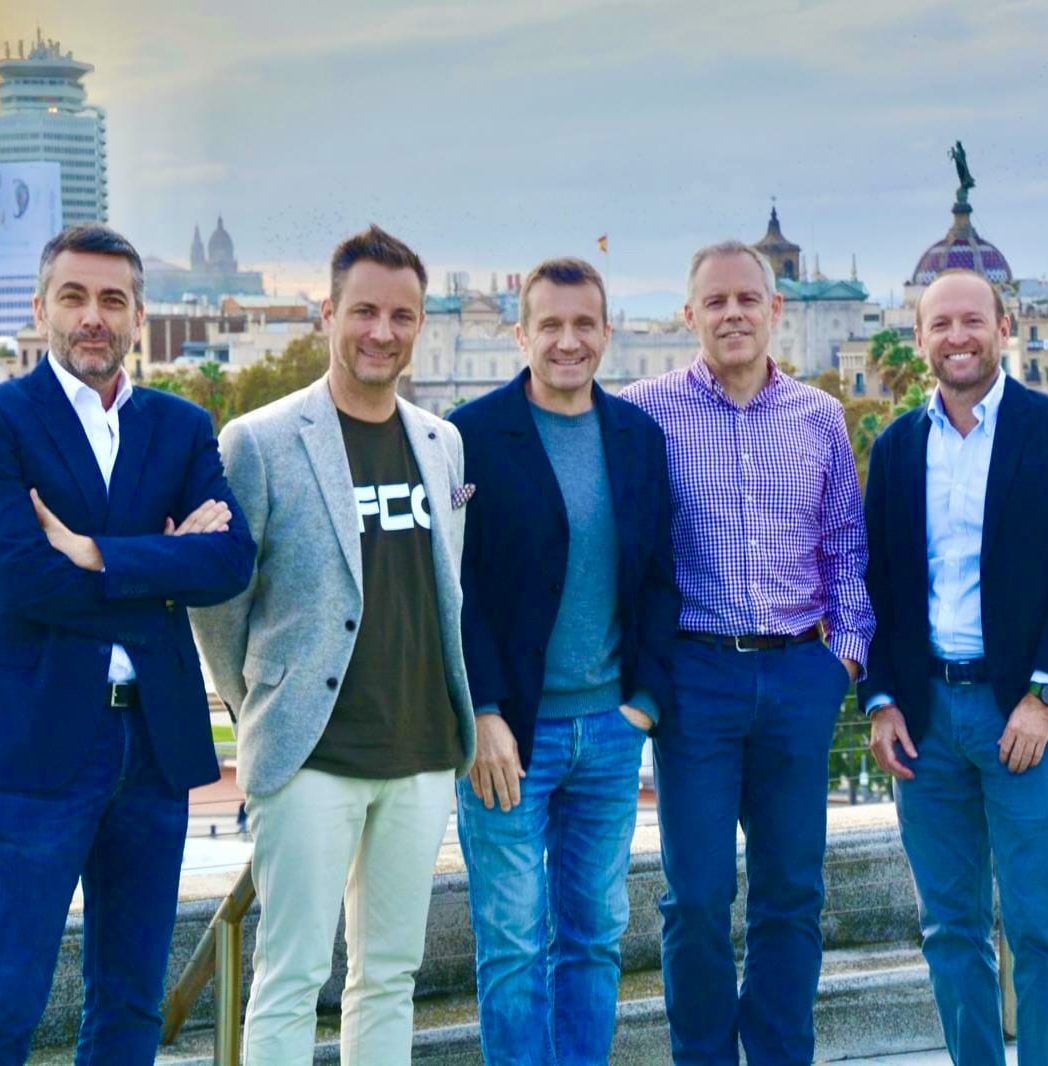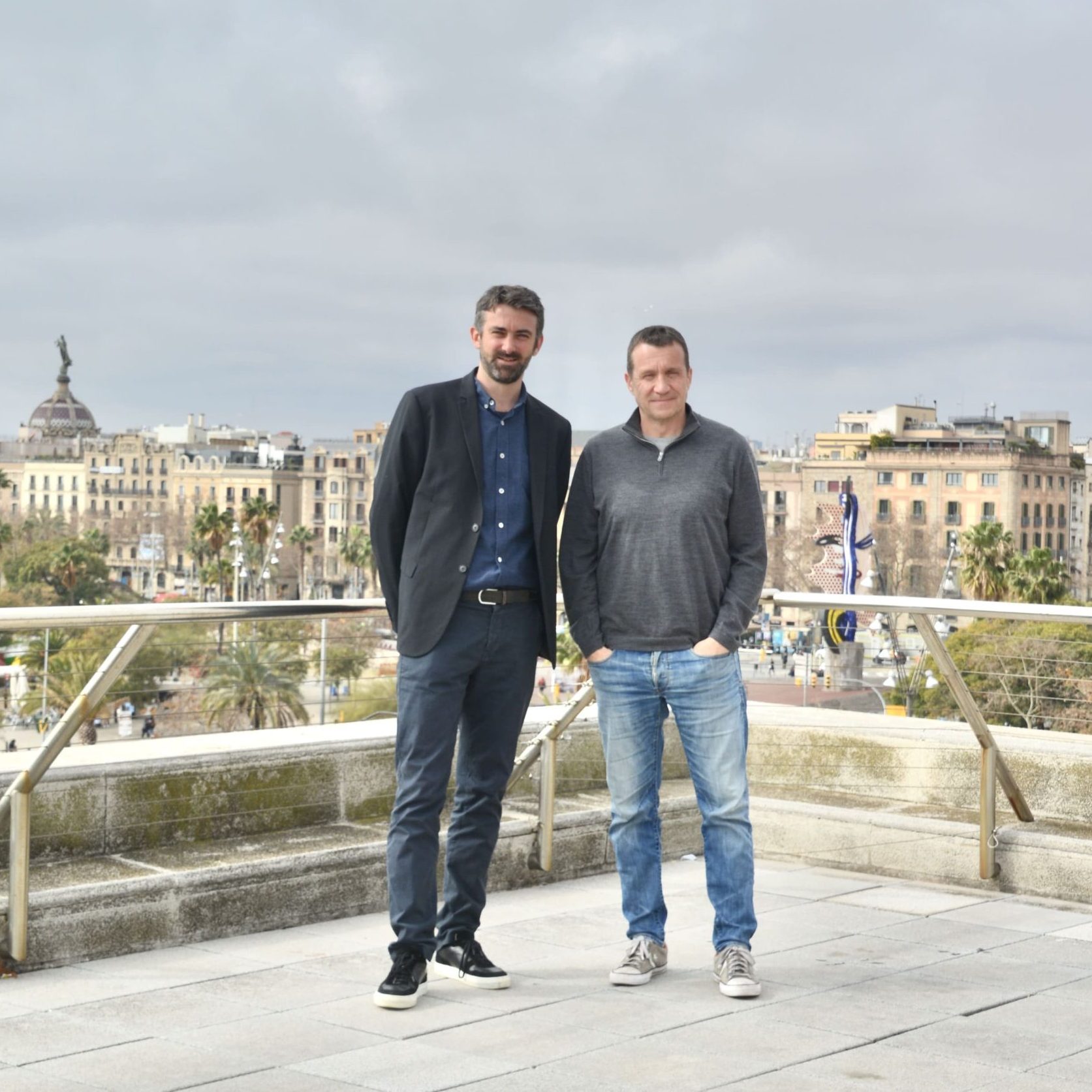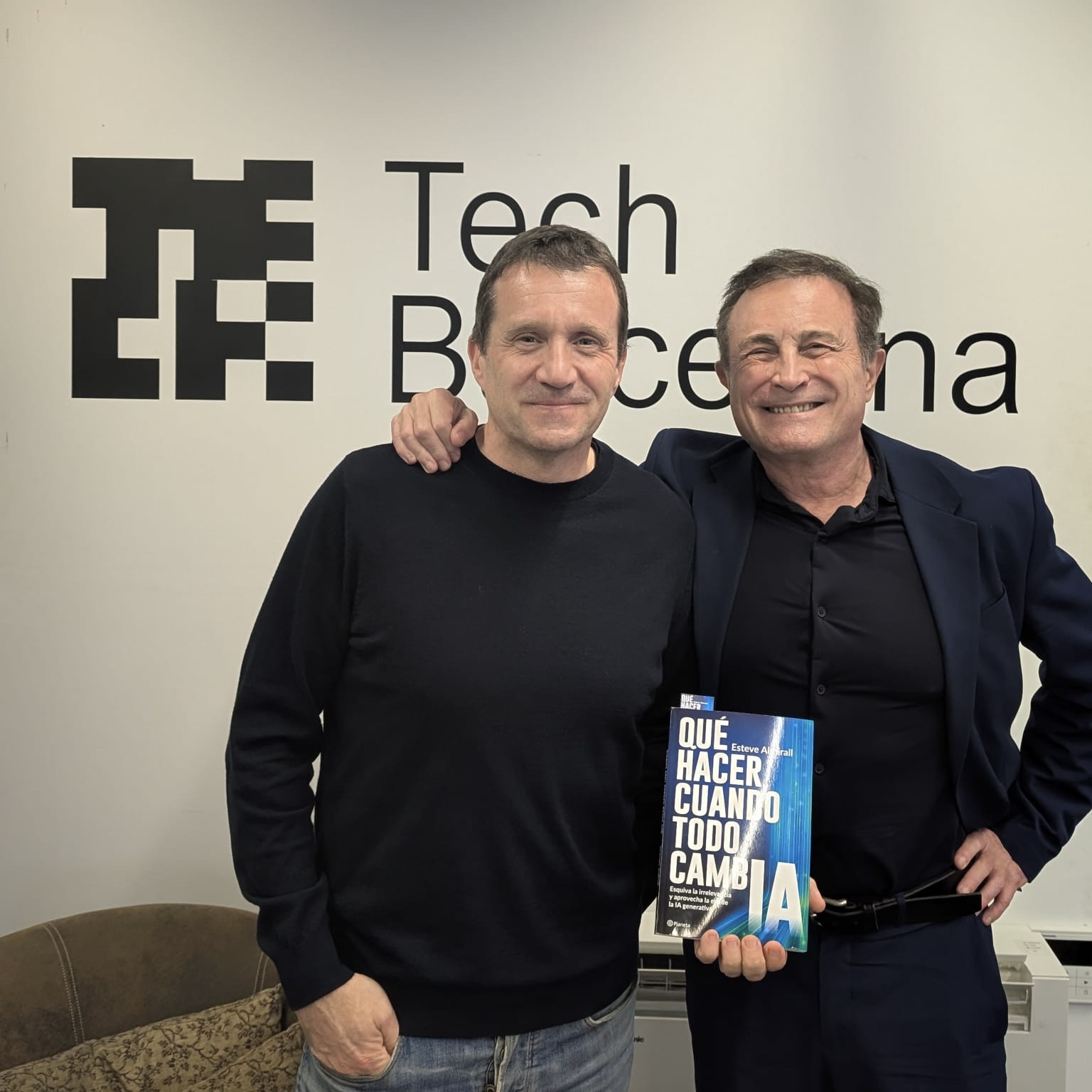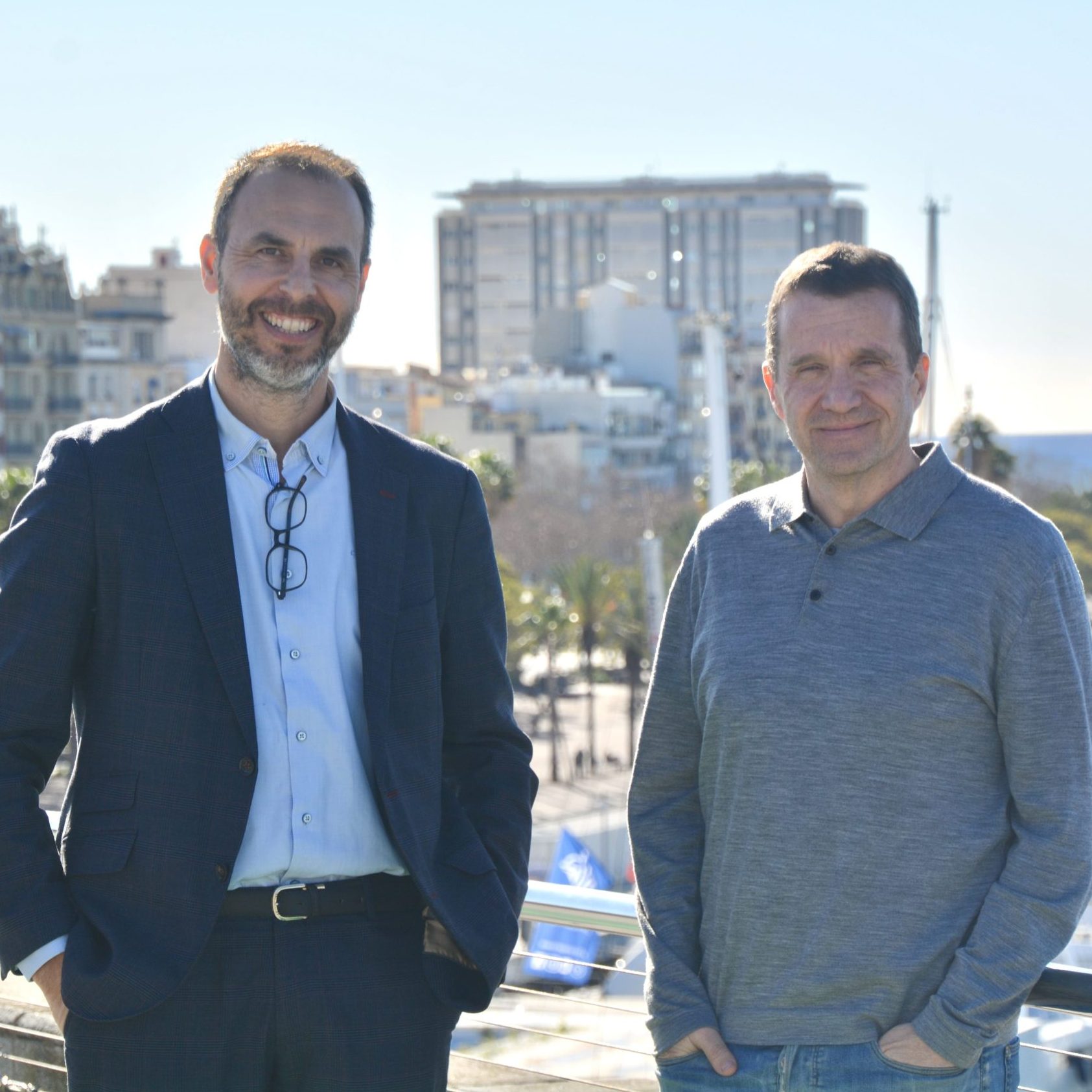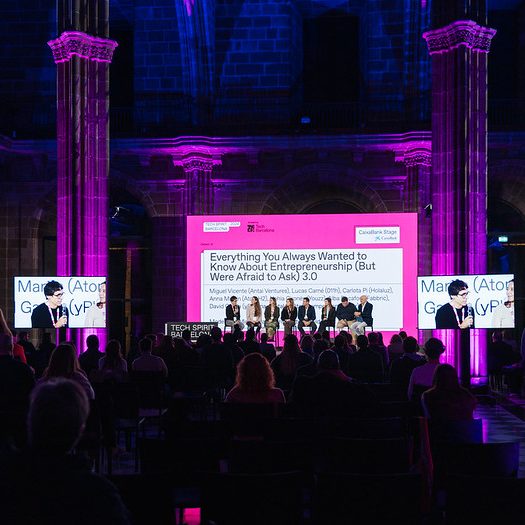En un mundo donde la comodidad y la seguridad son esenciales, los sistemas de control de acceso móvil están ganando presencia en muchos sitios. Desde gimnasios hasta oficinas, estas soluciones aprovechan tecnologías como NFC, Bluetooth y Wallets digitales para sustituir las tarjetas físicas por accesos rápidos y sin contacto directamente desde el móvil. ¡Conoce más!
¿Qué es la tecnología de control de acceso móvil?
La tecnología de control de acceso móvil permite a los usuarios acceder a instalaciones utilizando sus móviles como identificadores. Mediante tecnologías contactless, como NFC (Near Field Communication) o Bluetooth, se valida la identidad del usuario de forma segura y rápida.
Por ejemplo, en gimnasios, el usuario solo necesita acercar su móvil a una barrera de acceso giratoria para que se abra automáticamente. Este sistema no solo mejora la experiencia del usuario, sino que también simplifica la gestión de accesos para empresas.
Problemas comunes en el control de acceso tradicional
Uno de los principales problemas que enfrentan las empresas es la biometría basada en huellas dactilares, que presenta barreras importantes en términos de cumplimiento normativo de protección de datos. En muchos casos, esta tecnología no cumple con los requisitos legales de privacidad, lo que obliga a las empresas a buscar alternativas que garanticen tanto la seguridad como el cumplimiento normativo.
Por otro lado, el uso de tarjetas físicas sigue siendo una práctica común, pero su gestión resulta ineficiente, costosa y vulnerable a problemas como pérdidas, duplicados no autorizados o desgaste. Esto ha llevado a una demanda creciente de sistemas que eliminen por completo la necesidad de tarjetas físicas o que las combinen con opciones digitales más avanzadas, como es el caso del control de acceso mediante móvil.
Nuestra solución: Tecnología contactless y validación móvil
Para afrontar estos desafíos, implementamos sistemas de control de acceso basados en tecnologías avanzadas como NFC, Bluetooth y wallets digitales, adaptándonos a las necesidades de cada cliente y sector.
Un caso de éxito de Doonamis es el de una conocida cadena de gimnasios que nos planteó el reto de eliminar el uso de tarjetas físicas y migrar de un sistema basado en huella dactilar a una solución completamente digital. La solución fue la instalación de hardware especializado, como lectores NFC VTAP, integrados directamente en las barreras giratorias de acceso. Esta tecnología permite a los usuarios acceder simplemente acercando su móvil al torno, utilizando una tarjeta virtual almacenada en su wallet digital (por ejemplo, Apple Wallet o Google Wallet). El resultado es un sistema que combina comodidad, seguridad y cumplimiento normativo.
Otro ejemplo es el caso del Real Club de Polo de Barcelona, donde los requisitos son diferentes. En este caso, Doonamis ha implementado la funcionalidad de Carnet Digital en la aplicación del Real Club de Polo de Barcelona, ofreciendo a los socios una solución innovadora que mejora la comodidad y agiliza el acceso al club.
Gracias a la integración de tecnologías NFC y Bluetooth, los usuarios pueden acceder a las instalaciones de manera rápida y sencilla directamente desde su móvil, eliminando la necesidad de portar el carnet físico.
Ventajas del control de acceso móvil
El control de acceso móvil ofrece una amplia gama de beneficios que muchas empresas ya han reconocido y están incorporando en sus sistemas de gestión.
- Cumplimiento normativo: Al eliminar la biometría basada en huellas dactilares, garantizamos la conformidad con las normativas de privacidad de datos.
- Experiencia del usuario mejorada: Los accesos se realizan de forma rápida y sin contacto, utilizando tecnologías como NFC y Bluetooth.
- Eliminación de tarjetas físicas: Reducimos costes operativos y problemas asociados a la pérdida o deterioro de tarjetas.
- Adaptabilidad sectorial: Estas soluciones son ideales no solo para gimnasios y centros deportivos, sino también para oficinas corporativas, residencias y bancos.
¿En qué sectores podemos aplicar el control de acceso móvil?
Aunque el deporte y el fitness son sectores clave para esta tecnología, su potencial se extiende mucho más allá:
- Empresas: Permite gestionar el acceso de empleados a diferentes áreas de forma segura y centralizada.
- Bancos: Mejora la seguridad en áreas restringidas, sustituyendo métodos tradicionales por soluciones digitales.
- Edificios residenciales: Facilita el acceso a zonas comunes y entradas principales sin necesidad de llaves o tarjetas.
- Espacios de coworking: Optimiza el acceso flexible para trabajadores en entornos colaborativos.La tecnología de control de acceso móvil está transformando la manera en que gestionamos la validación de usuarios en gimnasios, empresas y otros sectores.
Gracias a la integración de sistemas avanzados como NFC y Bluetooth, y a soluciones homologadas para plataformas como Apple y Google, ofrecemos alternativas que mejoran la seguridad, la experiencia del usuario y el cumplimiento normativo.
¿Quieres implementar esta tecnología en tu empresa? ¡Contáctanos para desarrollar una solución personalizada que se adapte a tus necesidades!

